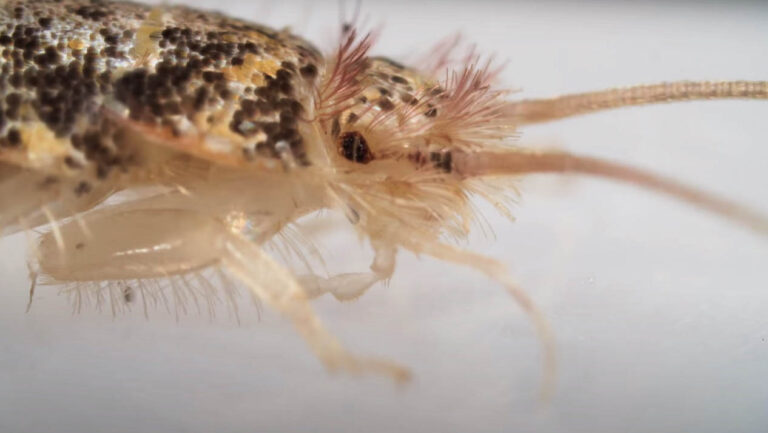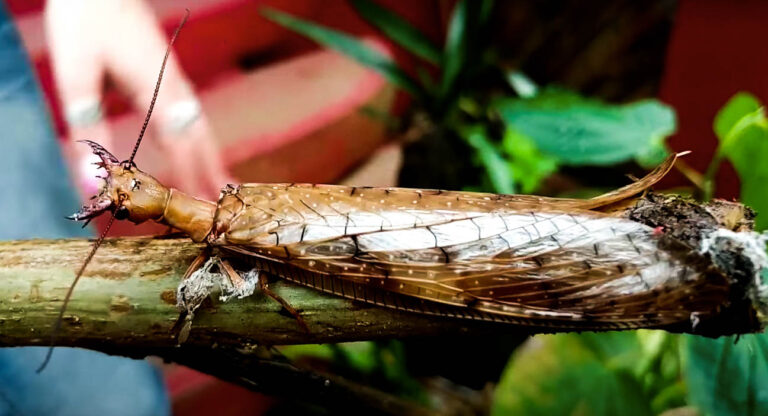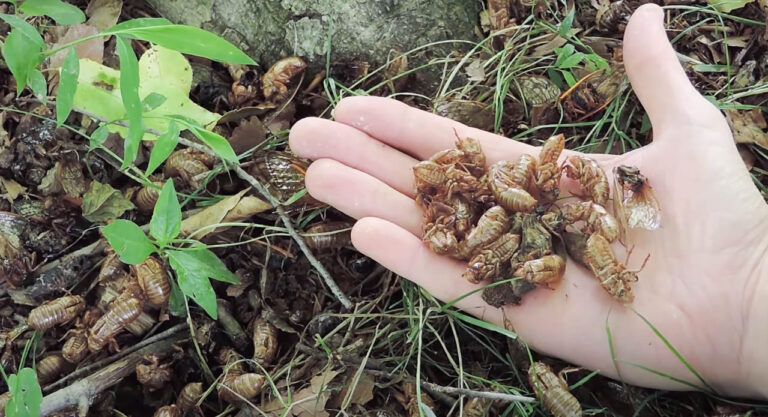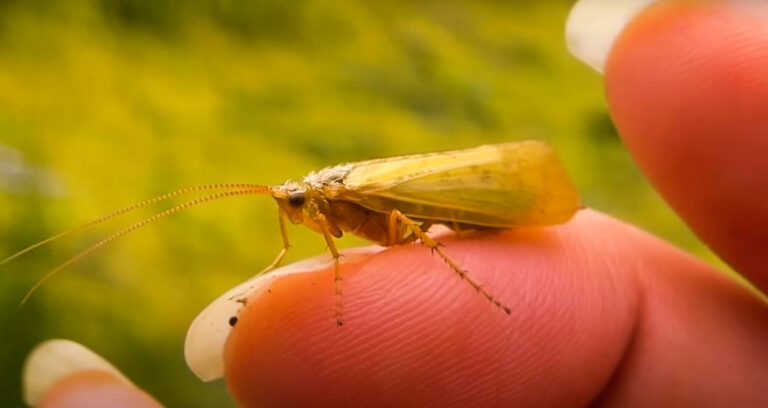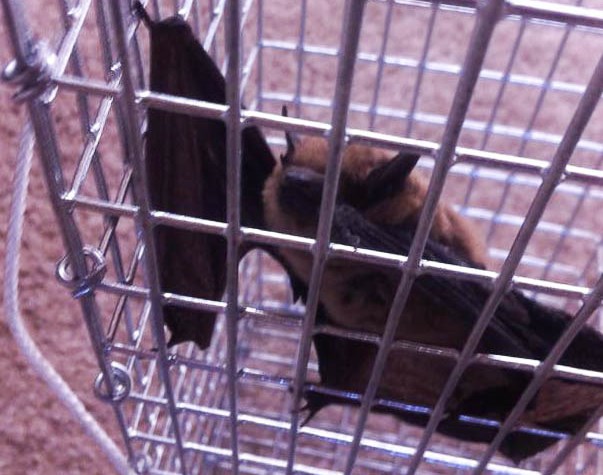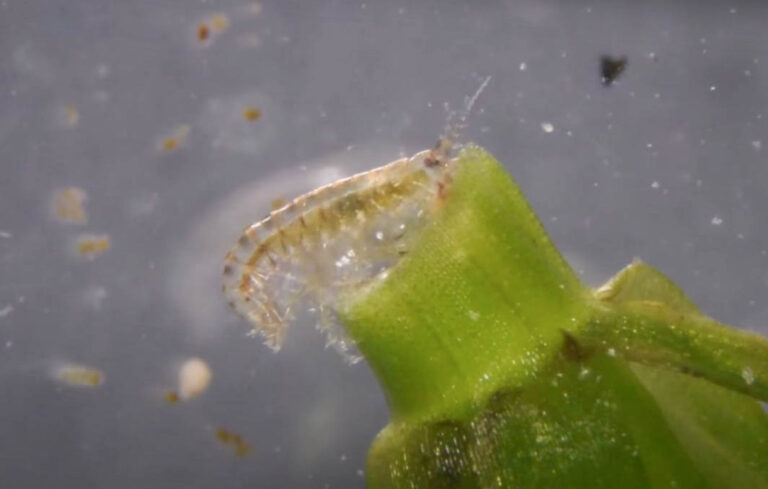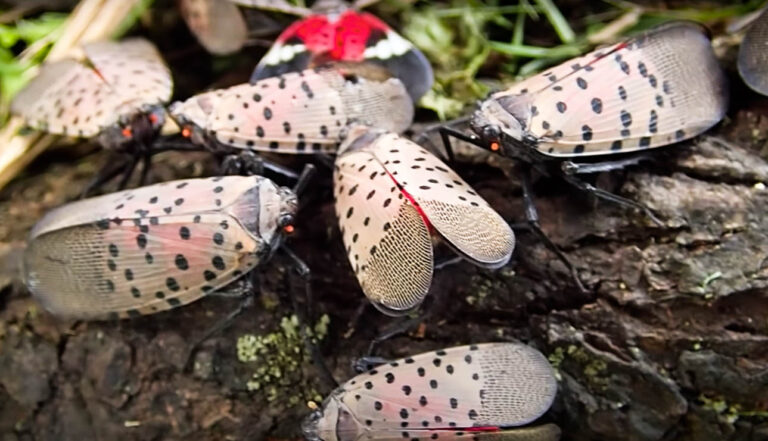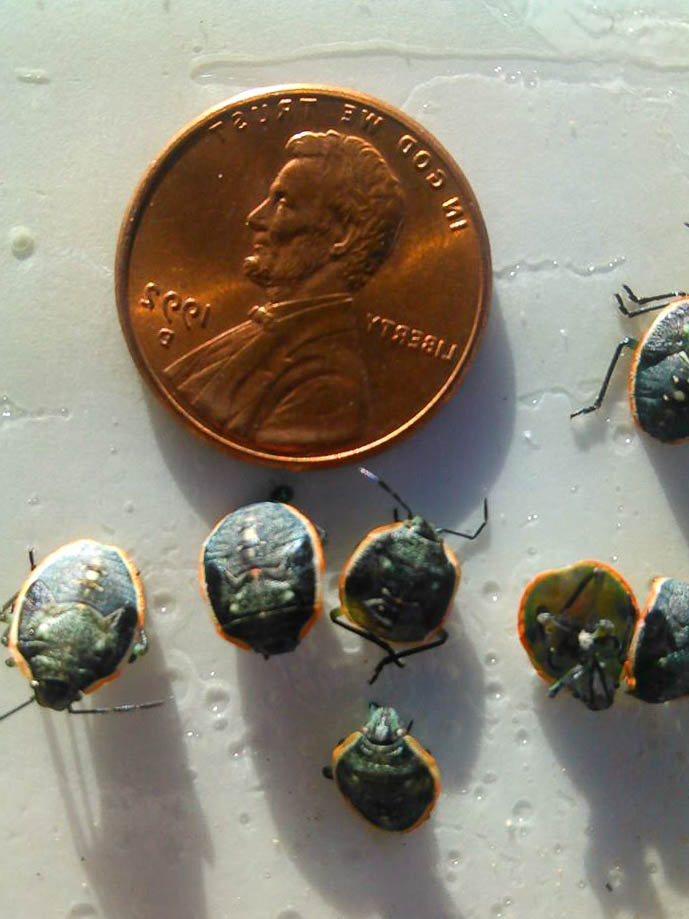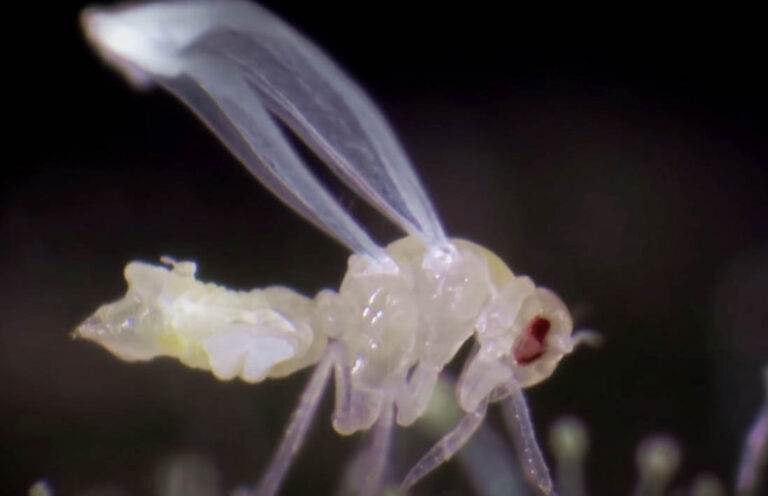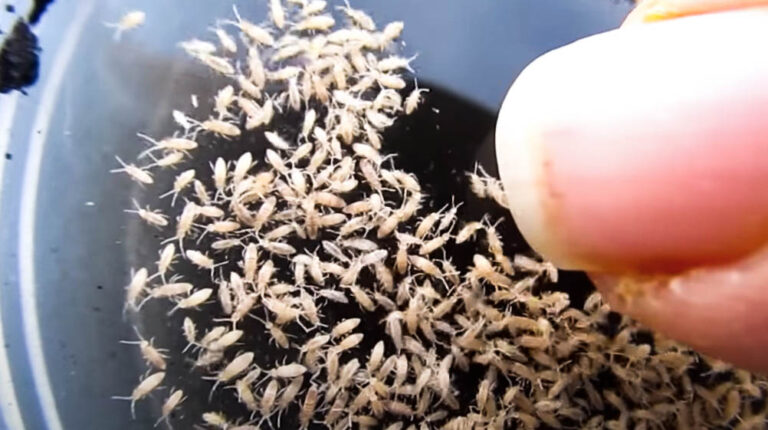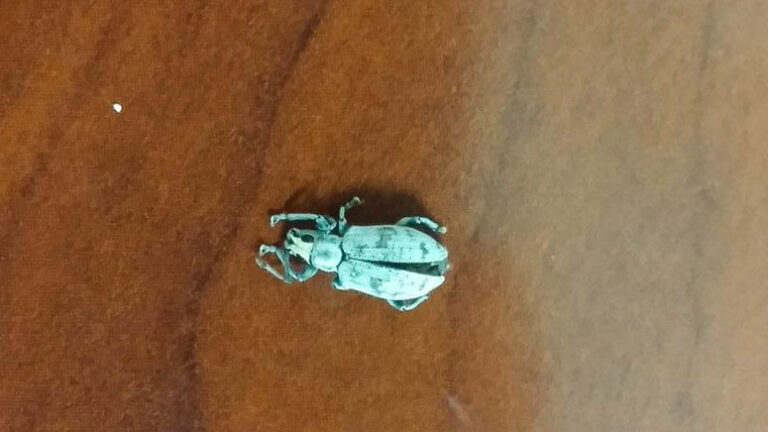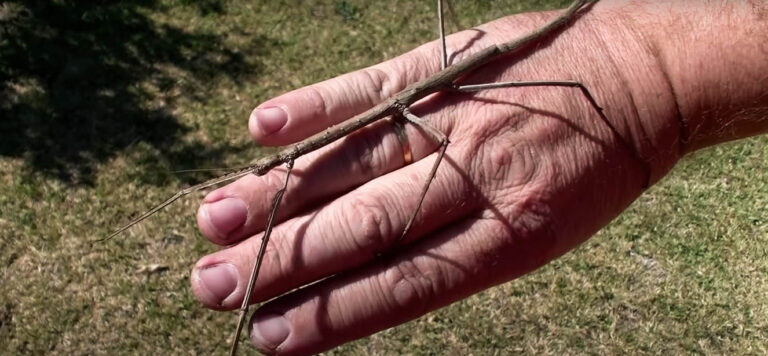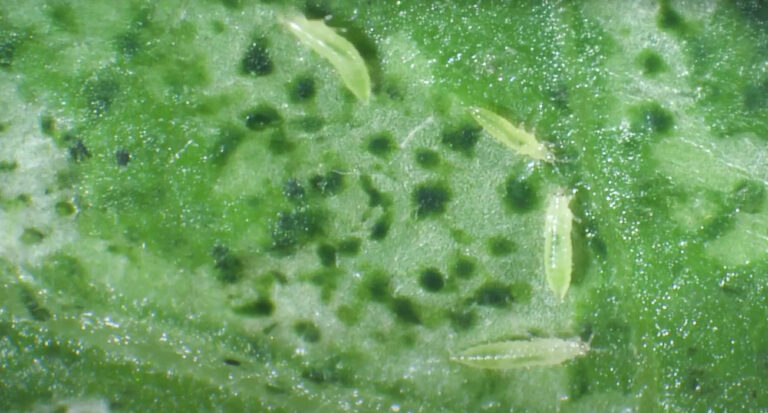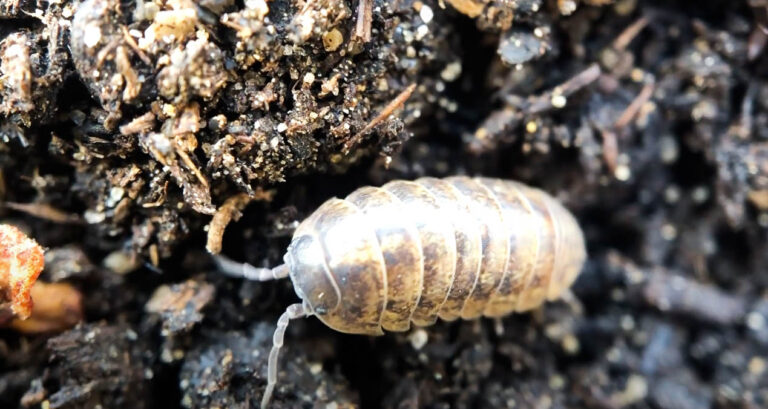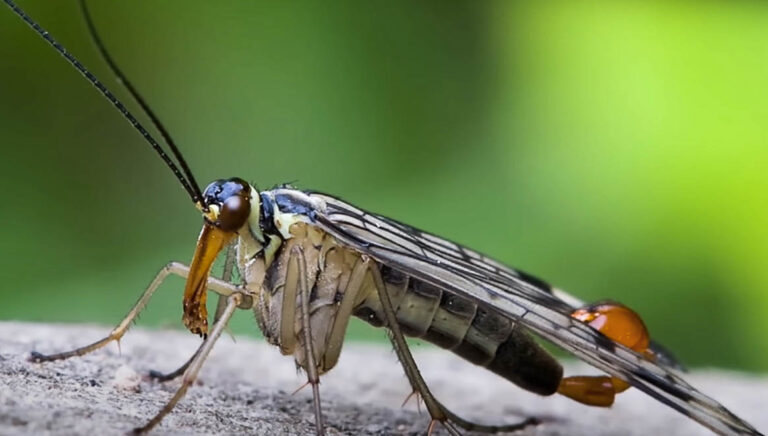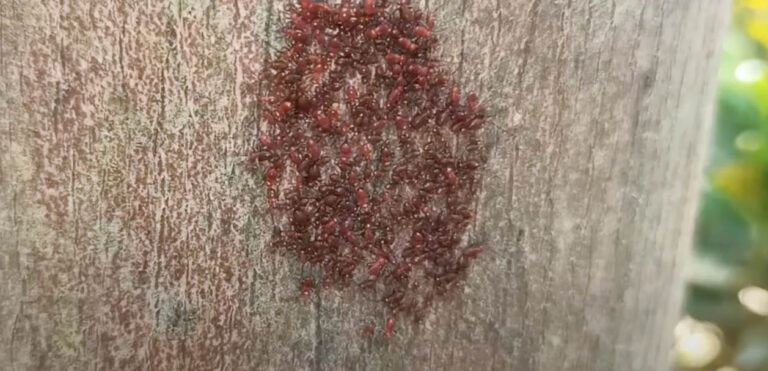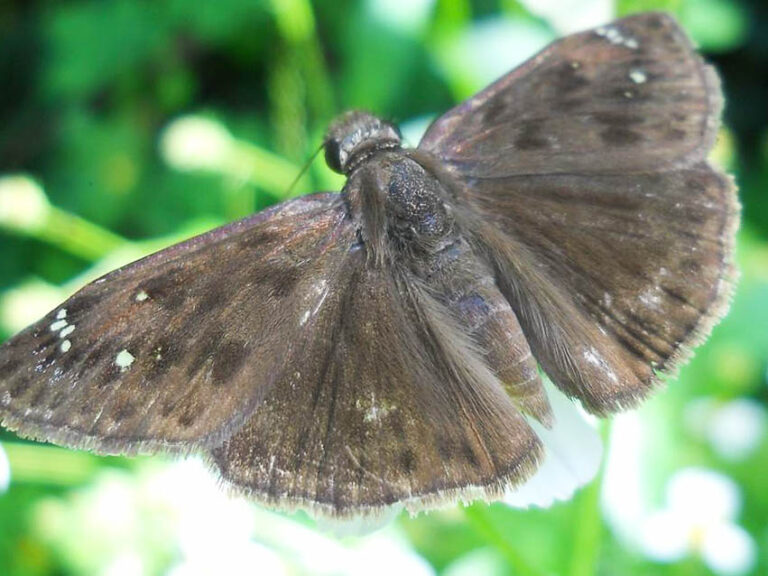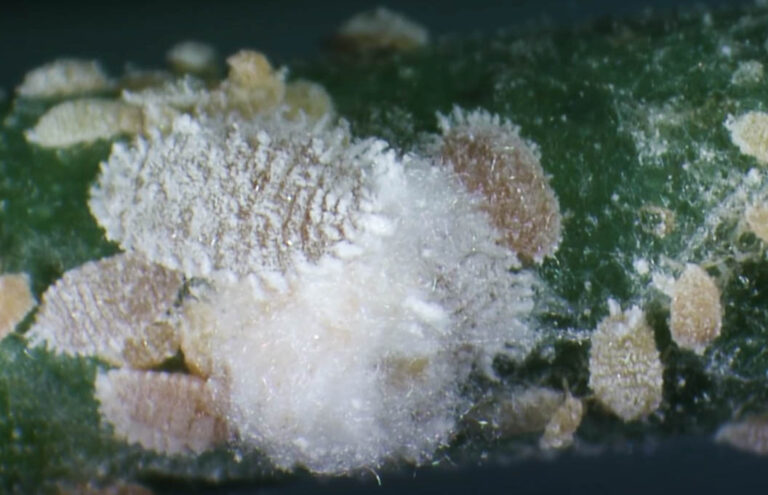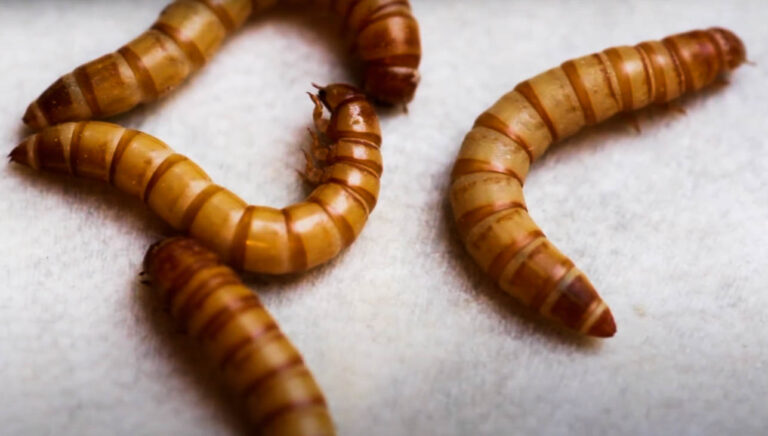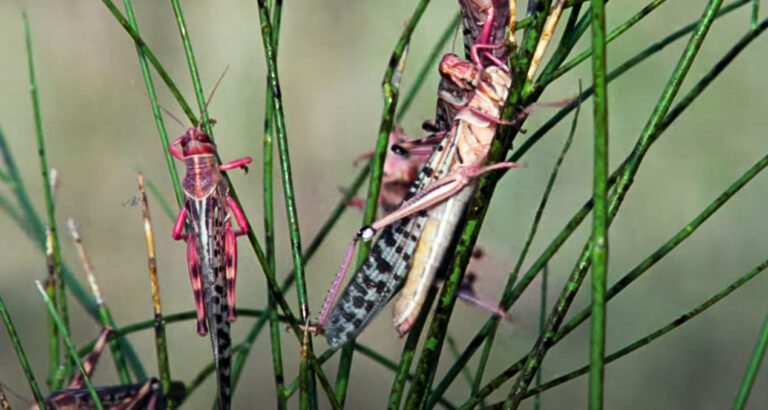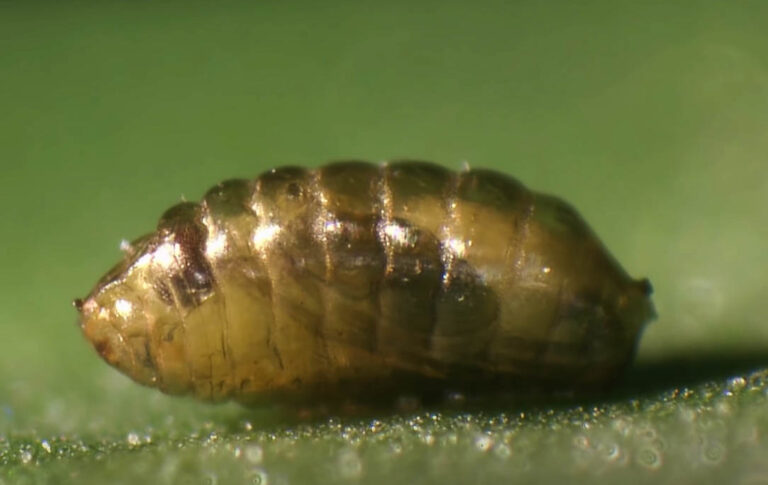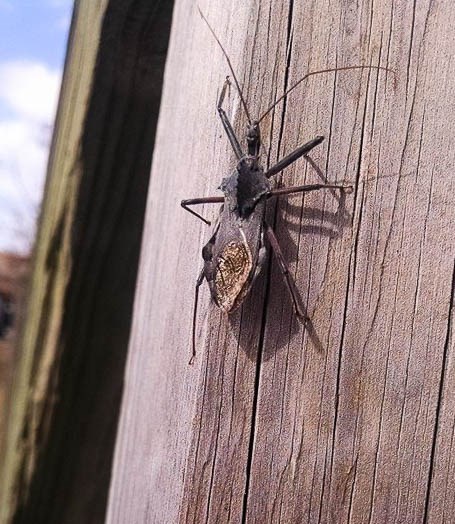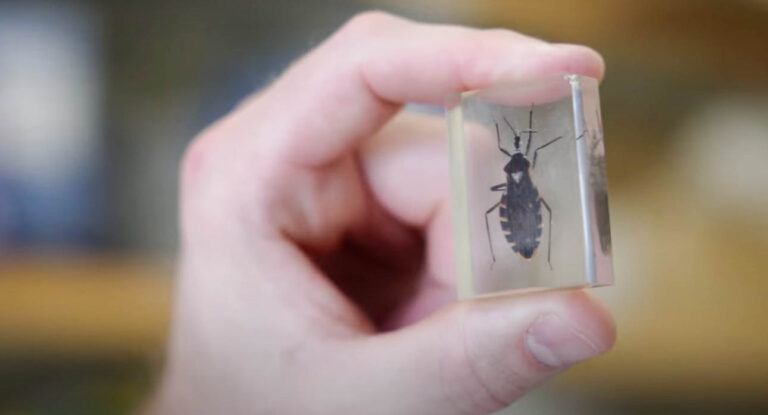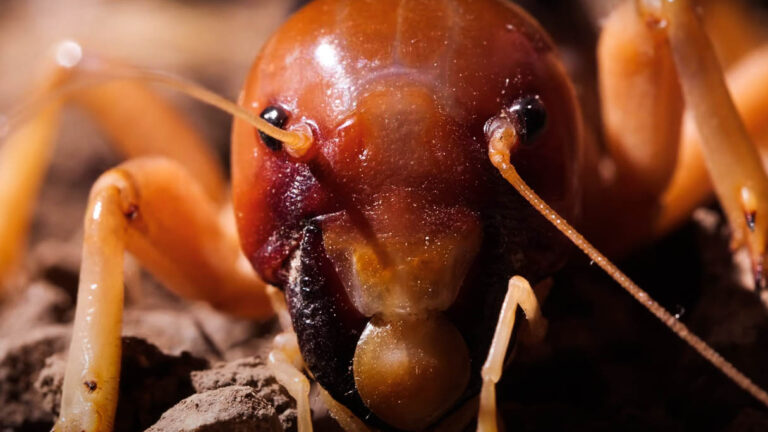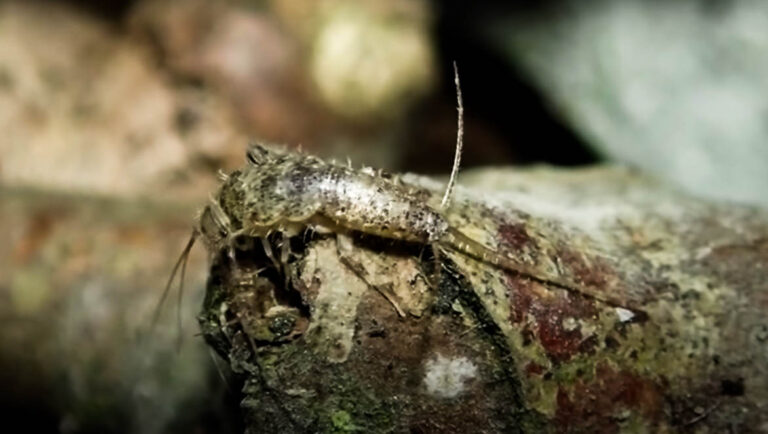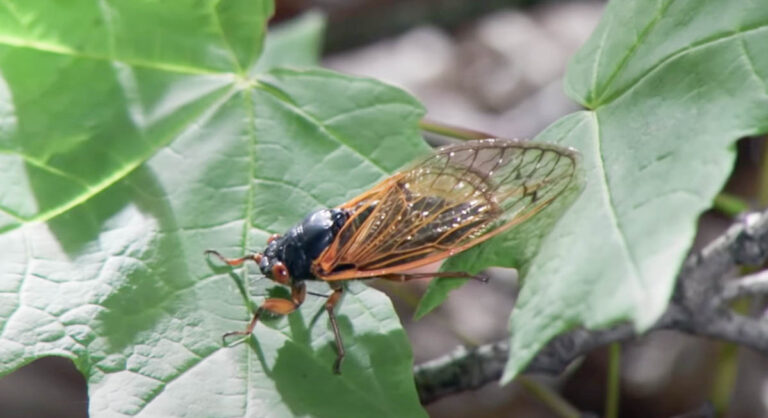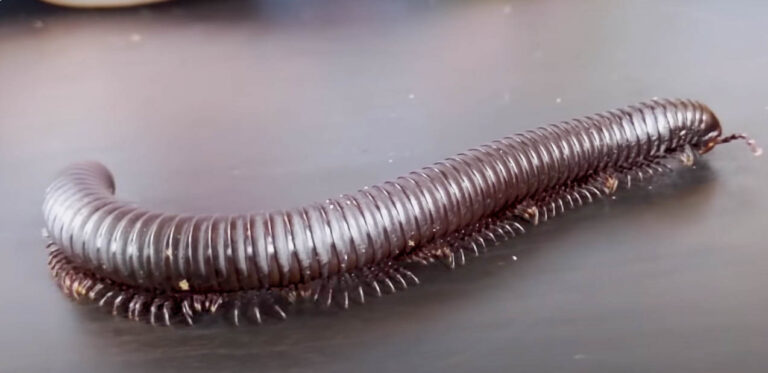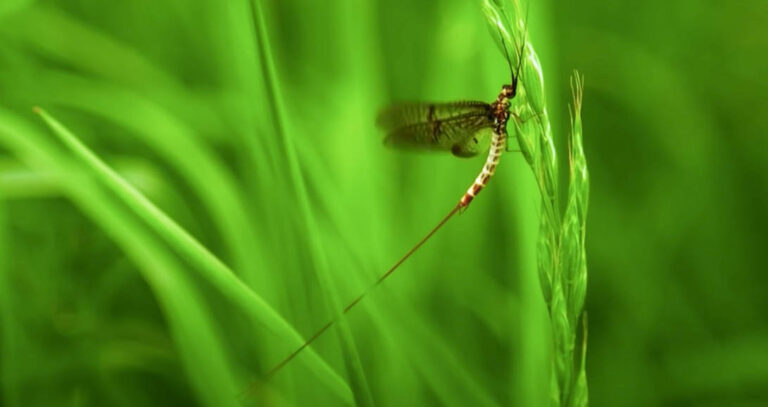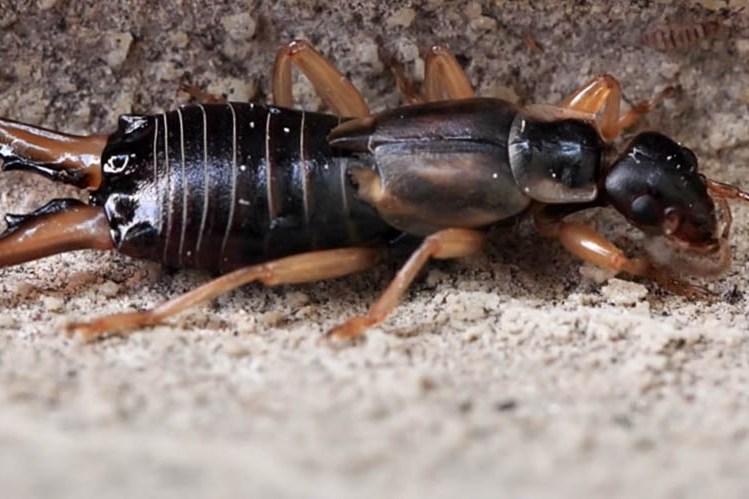About Centipedes
About Centipedes
Overview
The centipede's name comes from two Latin words, the new Latin word centi that translates to 'hundred' and the Latin word pedis, which means foot. The centipede belongs to the phylum arthropoda and the class chilopoda. Although they belong to the same phylum as insects, centipedes are not insects. Centipedes fall under a different subphylum, myriapoda making them distant cousins to insects.
Centipedes, just like scorpions and spiders, are generally carnivorous. These predatory arthropods feed on small, soft-bodied prey like worms, insects, and even other arthropods. The centipede has a segmented body with a pair of legs attached to each segment. The majority of centipede species are venomous, biting, and injecting their venom through a pincer-like appendage called forcipules.
Although the centipede's name literally translates to 'hundred feet,' the number of legs vary per species. The number of legs in a centipede ranges from 30 to 354, with most species having an odd number of pairs. There are over 3,100 recorded species of centipedes, with some resilient enough to live above the Arctic Circle.
Appearance
Centipedes have flat, elongated bodies divided into several segments. The centipede has a round, flat head with a pair of antennae attached to it. Centipedes have 15 or more body segments, with each segment having a couple of legs attached to it. The first pair of legs forms a pincer-like appendage called the forcipules unique to all centipede species—the forcipules assist in capturing prey, injecting doses of venom that kills or paralyzes them. The centipede's legs increase progressively in size so that they do not collide with each other.
Several species of centipedes do not have eyes. However, other species possess several ocelli in clusters forming true compound eyes. The downside of the compound eyes is that it does not support true vision. It is only able to differentiate between light and dark. They locate prey with a combination of touch and smell.
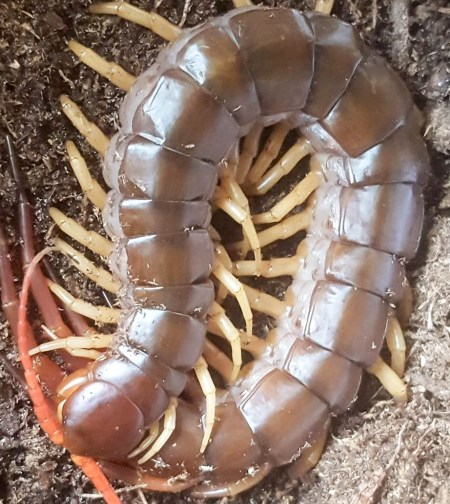
The most common centipede coloration are shades of red and brown. Some centipedes may have bright colorations, while others may suffer from a lack of pigmentation. The size of a centipede ranges from 4mm to about 30cm depending on the species.
Behavior
Centipedes are mostly nocturnal, hiding during the day and feeding at night. Centipedes are not territorial, so they move about searching for prey. However, they are solo dwellers until they are mature enough to mate. During mating, the male drops a sperm packet on the ground and coaxes the female to lay her eggs. Their courtship can last for several hours. Some species practice parthenogenesis but only
produce female centipedes from this method. Some species lay their eggs one after the other while others lay 80 or more eggs in the soil. Most centipedes remain with their eggs until they hatch, while others cover their eggs with soil and leave.
Habitat
You can find centipedes living in diverse climatic conditions. In temperate regions, they prefer moist soils, forests, and even homes. You will find them burrowing into the ground, living under rocks, logs, and leaf litters. In tropical climates like the rainforest, you will find them on the forest floor wandering in search of food. Centipedes in tropical regions grow larger than those in temperate regions because the conditions are more favorable.
Centipedes also thrive in marine environments. These centipedes are halophilic, which means they can survive in places where the salt concentration is high. They set up residence in algae, sand, and between sea rocks. Centipedes found in marine environments live similarly to those found in temperate areas.
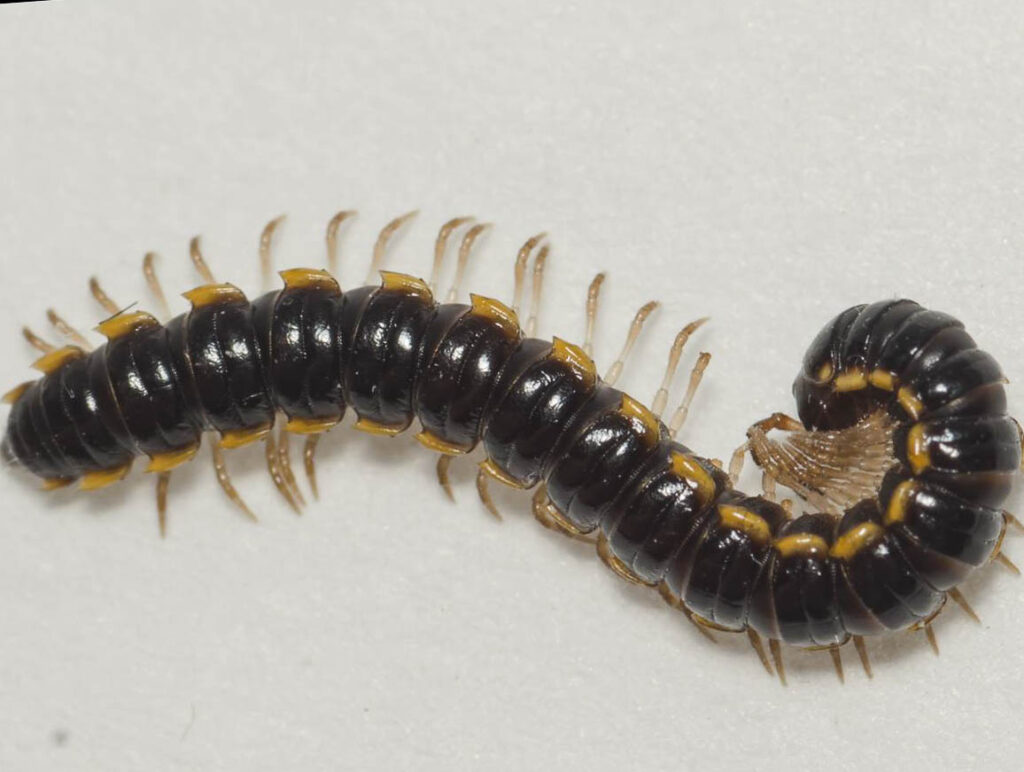
Some species live in desert areas. Although they thrive in a moist environment, some species have adapted to life in the desert. They seek shelter under rocks, plants, cracks, and crevices. Desert centipedes seek out areas with good shade and moisture.
Damages They Cause
Centipedes do not cause any physical damage. However, they will attack and bite humans if provoked. Centipedes use venom in all their attacks, meaning a centipede bite will be excruciating. The larger the species, the more intense the pain becomes. For humans, a centipede bite rarely causes health complications and rarely leads to fatality. However, there are cases of centipede venoms producing different toxins that cause systemic effects. These toxins are dangerous for people with allergic reactions and cardiovascular neurologic conditions.
Infestation Signs
Centipedes do not leave behind any infestation signs. The only way to confirm if you have centipedes in your house is to see one. They are nocturnal creatures, so sighting one is often difficult. Centipedes are also fast, so you might not even see one if you do not look hard enough.
How to Get Rid of Them
Getting rid of centipedes is never hard. All you need to do is reduce the humidity by installing air conditioners and dehumidifiers. You should also inspect and fix leaking pipes, cracks, and gaps. You can remove the ones you find inside your home with a vacuum. If you are sure that you have a centipede infestation, but you cannot find them, you should hire a pest control company to handle the issue. They have the knowledge and equipment to control the problem.

